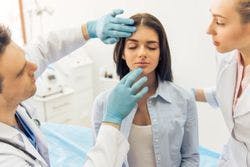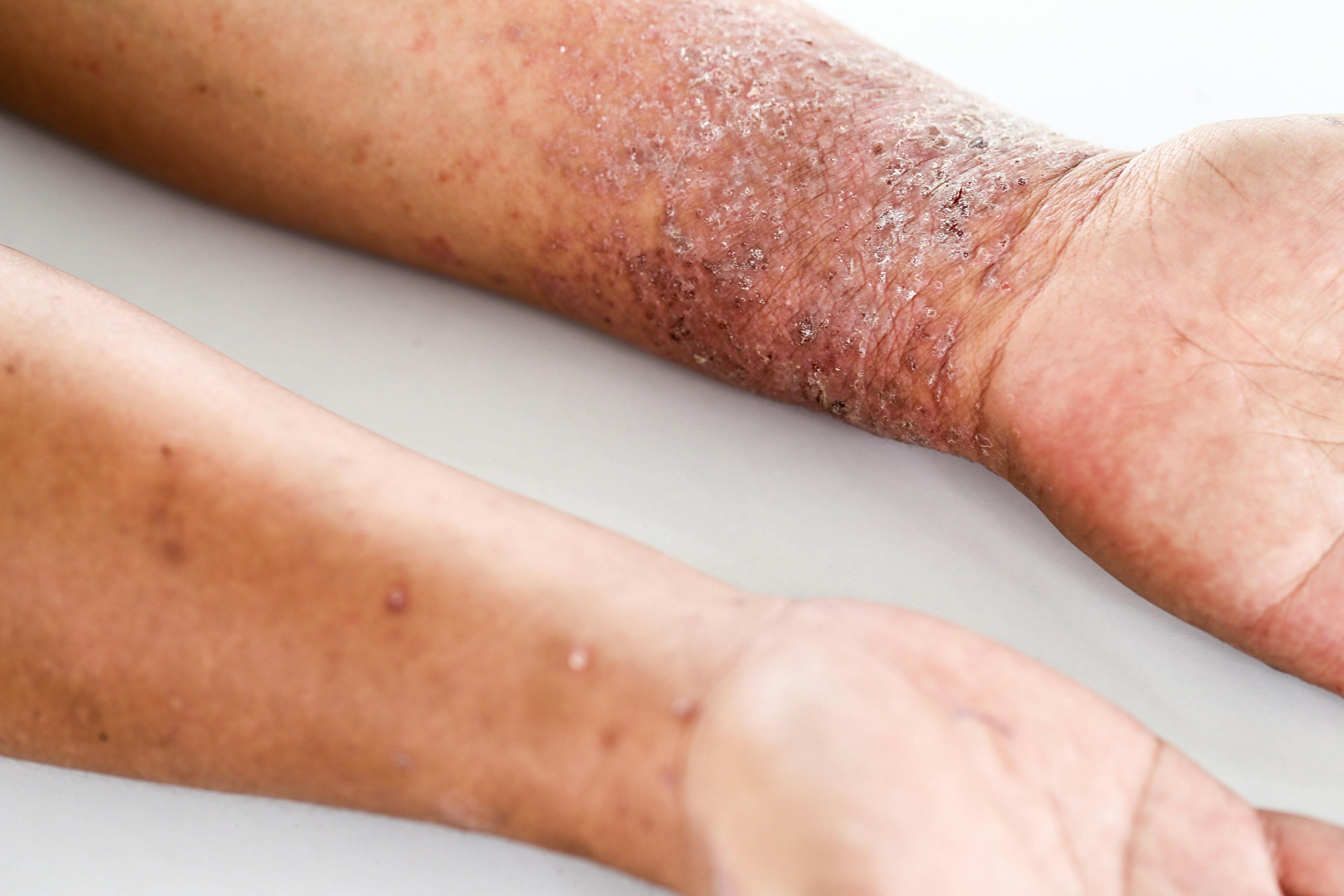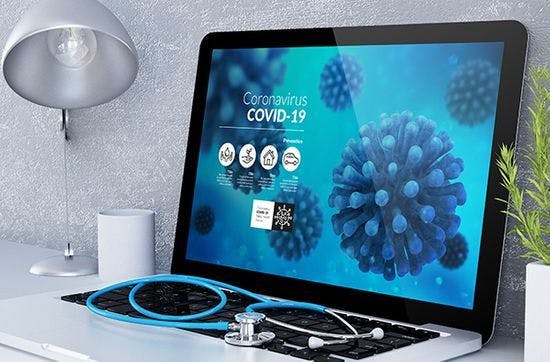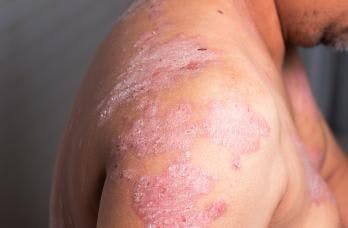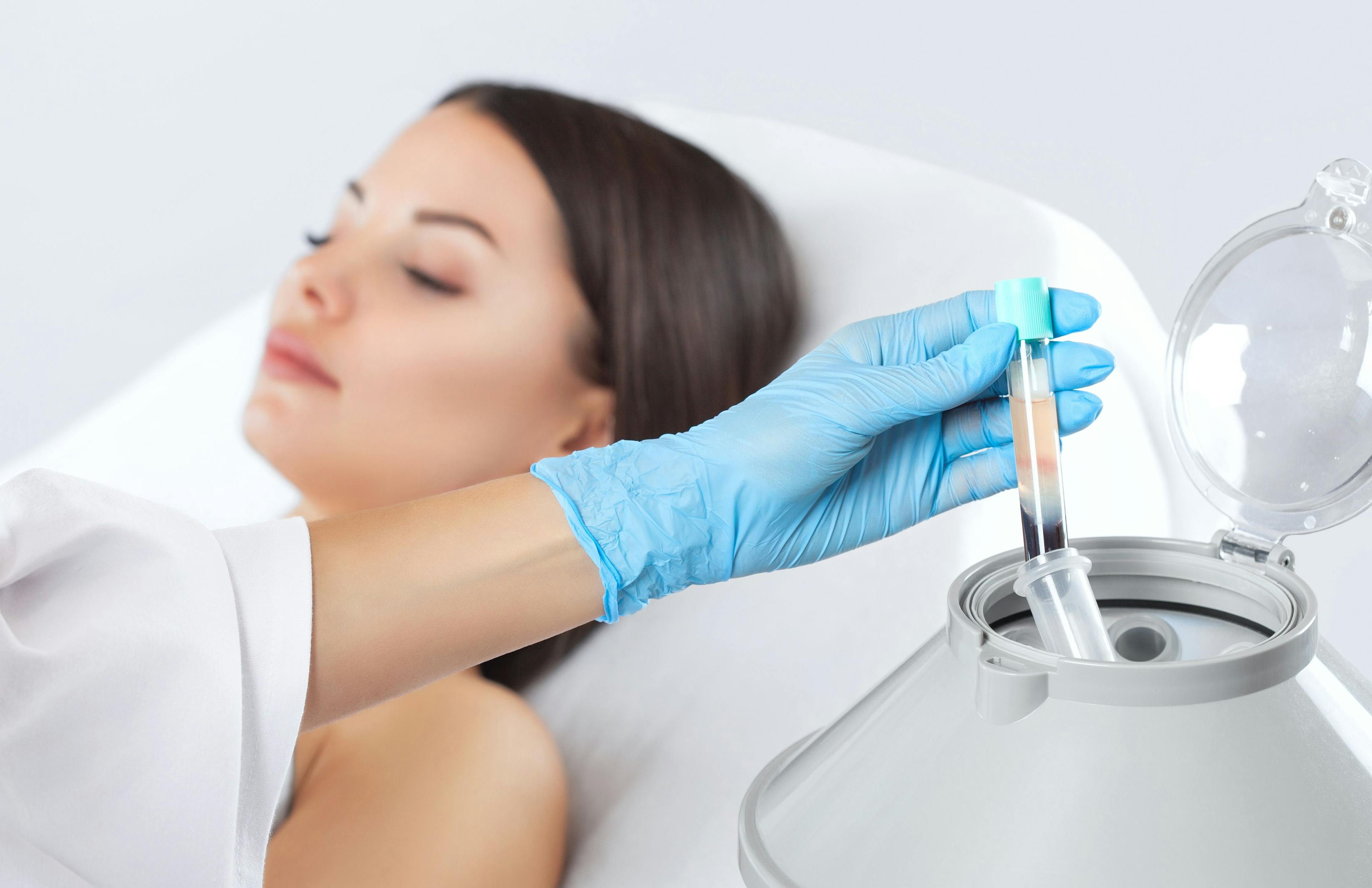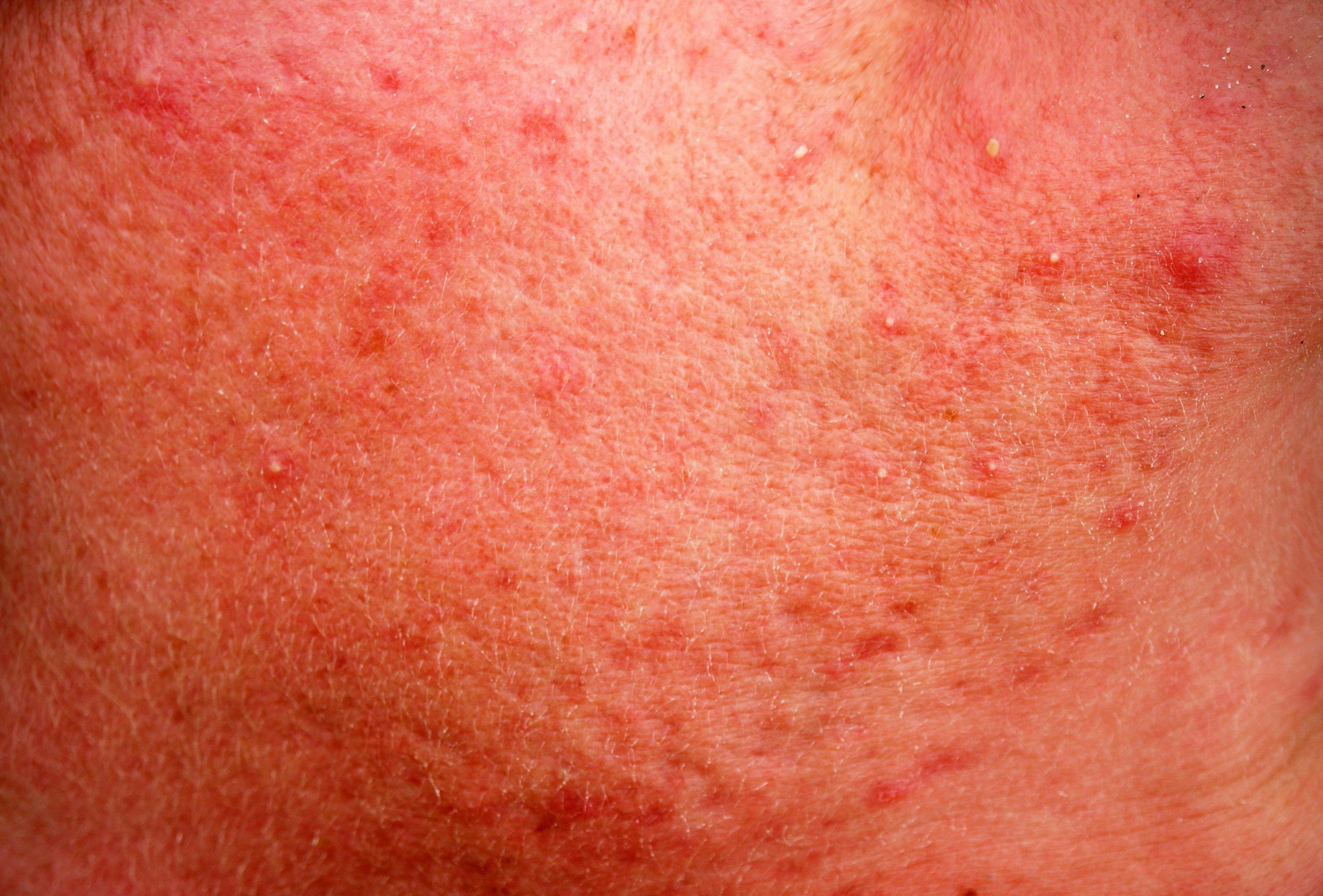- Acne
- Actinic Keratosis
- Aesthetics
- Alopecia
- Atopic Dermatitis
- Buy-and-Bill
- COVID-19
- Case-Based Roundtable
- Chronic Hand Eczema
- Chronic Spontaneous Urticaria
- Drug Watch
- Eczema
- General Dermatology
- Hidradenitis Suppurativa
- Melasma
- NP and PA
- Pediatric Dermatology
- Pigmentary Disorders
- Practice Management
- Precision Medicine and Biologics
- Prurigo Nodularis
- Psoriasis
- Psoriatic Arthritis
- Rare Disease
- Rosacea
- Skin Cancer
- Vitiligo
- Wound Care
Publication
Article
Dermatology Times
Adolescent acne therapies benefit younger children
Author(s):
A recent paper suggests younger children with acne vulgaris should be treated the same as adolescents. This includes utilizing combination therapies that may consist of topic retinoids, benzoyl peroxide and other nonantibiotic agents in combination with antibiotics.
Younger children with acne should be treated the same as adolescents, using combination therapy that may include topical retinoids, benzoyl peroxide and other nonantibiotic agents in combination with antibiotics, according to a recent paper.1
Written by an expert panel of nine pediatric dermatologists, the article is thought to be the first-ever published report to focus on acne in young pediatric patients and provides a guide to the evaluation and management of acne in children ages birth to 12 years,1 according to panel member Bernard A. Cohen, MD, professor of dermatology and pediatrics, Johns Hopkins University School of Medicine, Baltimore.
“Acne affects children of all ages," says Cohen. "With a decline in the age accepted as normal for onset of puberty, we are now seeing acne more often in children who would be categorized as preadolescents based on chronological age. In addition, a number of new medications approved for use in children ages 9 years and older have become available.”
The consensus addresses patient assessment and treatment in an age-related context, including approved and off-label use of the expanded treatment armamentarium. “As a panel participant, it was remarkable to me that our group reached unanimous consensus on all seven statements included in the paper,” he adds.
CONSENSUS CONTENT
Their recently published article presents seven panel-defined consensus statements based on information from 32 articles identified through a systematic literature review together with insights from expert opinion and experience.
- Statement 1 in the consensus report categorizes pediatric acne by age, dividing it into the following five subgroups: neonatal (birth to ≤8 weeks), infantile (8 weeks to ≤1 year), mid-childhood (1 year to < 7 years); preadolescent (≥7 to 12 years), and adolescent (≥12 to 19 years). Investigators summarized presenting features, treatment approaches and red flags that should prompt a further evaluation or referral to a pediatric endocrinologist as they pertain to the neonatal through preadolescent age groups.
- Statement 2 highlights the potential psychological impact and permanent physical sequelae of acne in preadolescent age children and underscores the importance of early treatment to minimize emotional distress and facial scarring. “This explains our use of safe and effective therapy at times when the medications are off-label based on age,” says Cohen.
- Statement 3 addresses the multifactorial nature of acne pathophysiology. Panel members suggest that hormonal changes are more important than inflammation in preadolescent acne.
- Statement 4 reiterates the potential need to conduct a work-up for underlying local and/ or systemic pathology in patients with acne taking into account the individual’s age, skin signs, and general findings from history and physical examination. “Markers of underlying systemic disease associated with markers of precocious puberty, including acne, certainly warrant a medical evaluation and often involvement of our colleagues in pediatric endocrinology,” says Cohen.
- Statement 5 looks at unique considerations for treatment of acne in the pediatric population. It notes that well-tolerated and easy-to-use products may be particularly important in ensuring safety and optimizing adherence among children. Also discussed are treatment regimens based on acne severity. A table lists U.S. Food and Drug Administration- (FDA-) approved age indication of each product.
- Statement 6 looks at problem of resistance. According to the principles of antibiotic stewardship, the consensus was that acne treatment may include use of narrow-spectrum antibiotics, avoiding antibiotic monotherapy and limiting the duration of antibiotic therapy.
- Statement 7 of the consensus report reads: “There is still a considerable need for pediatric acne education for pediatric health care providers and their patients.” The panel reinforces the importance of considering whether acne is a sign of an endocrine-associated abnormality, recommends off-label use of topical therapies as appropriate in infants and underscores the importance of counseling patients and parents about treatments and their outcomes.
Disclosures: Research for the consensus report was supported by an unrestricted educational grant from Almirall. Dr. Cohen has no relevant financial interests to disclose.
Reference: 1 Schachner LA, Eichenfield L, Andriessen A, et al. Consensus on neonatal through preadolescent acne. J Drugs Dermatol. 2020;19(6):592-600.
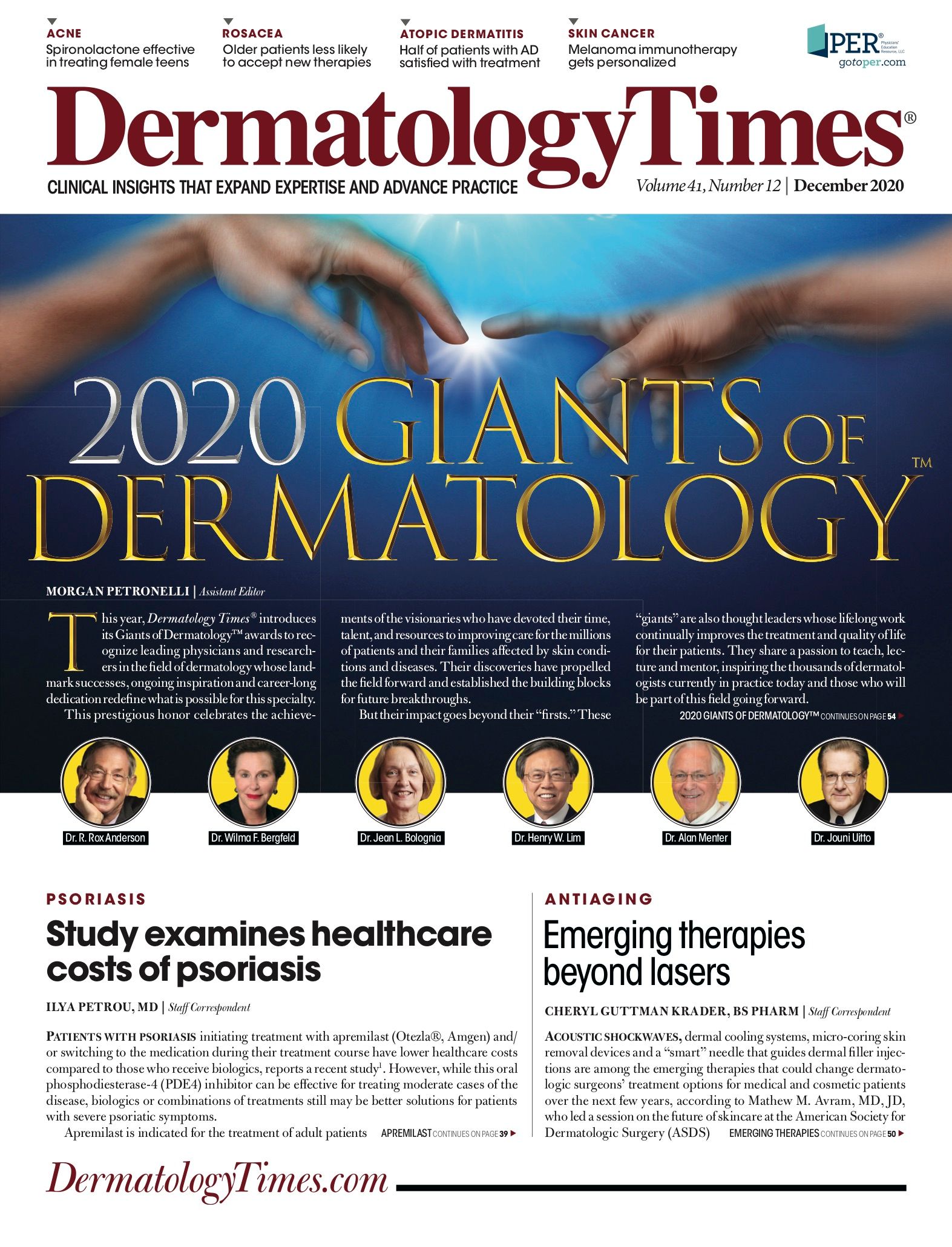
Newsletter
Like what you’re reading? Subscribe to Dermatology Times for weekly updates on therapies, innovations, and real-world practice tips.

